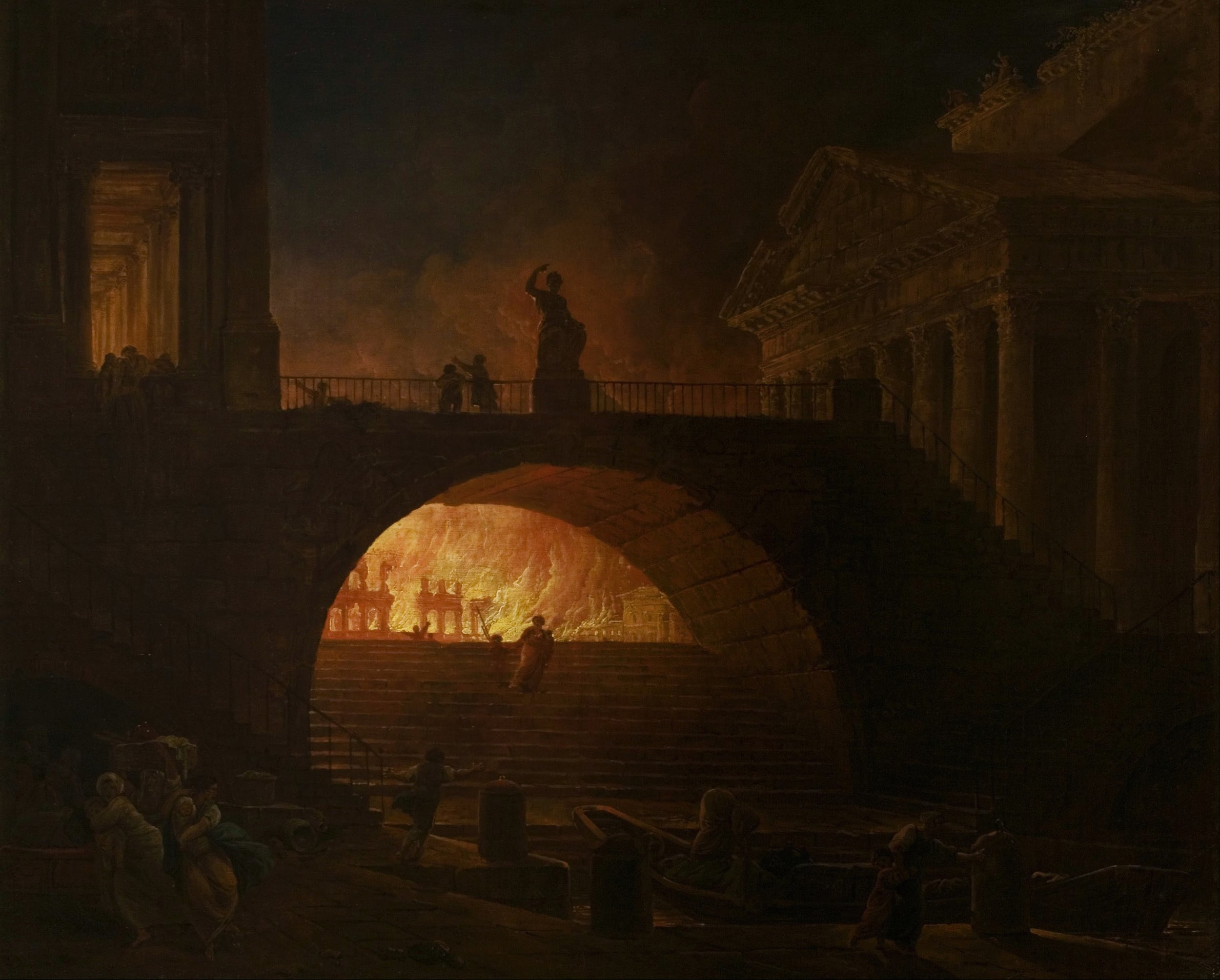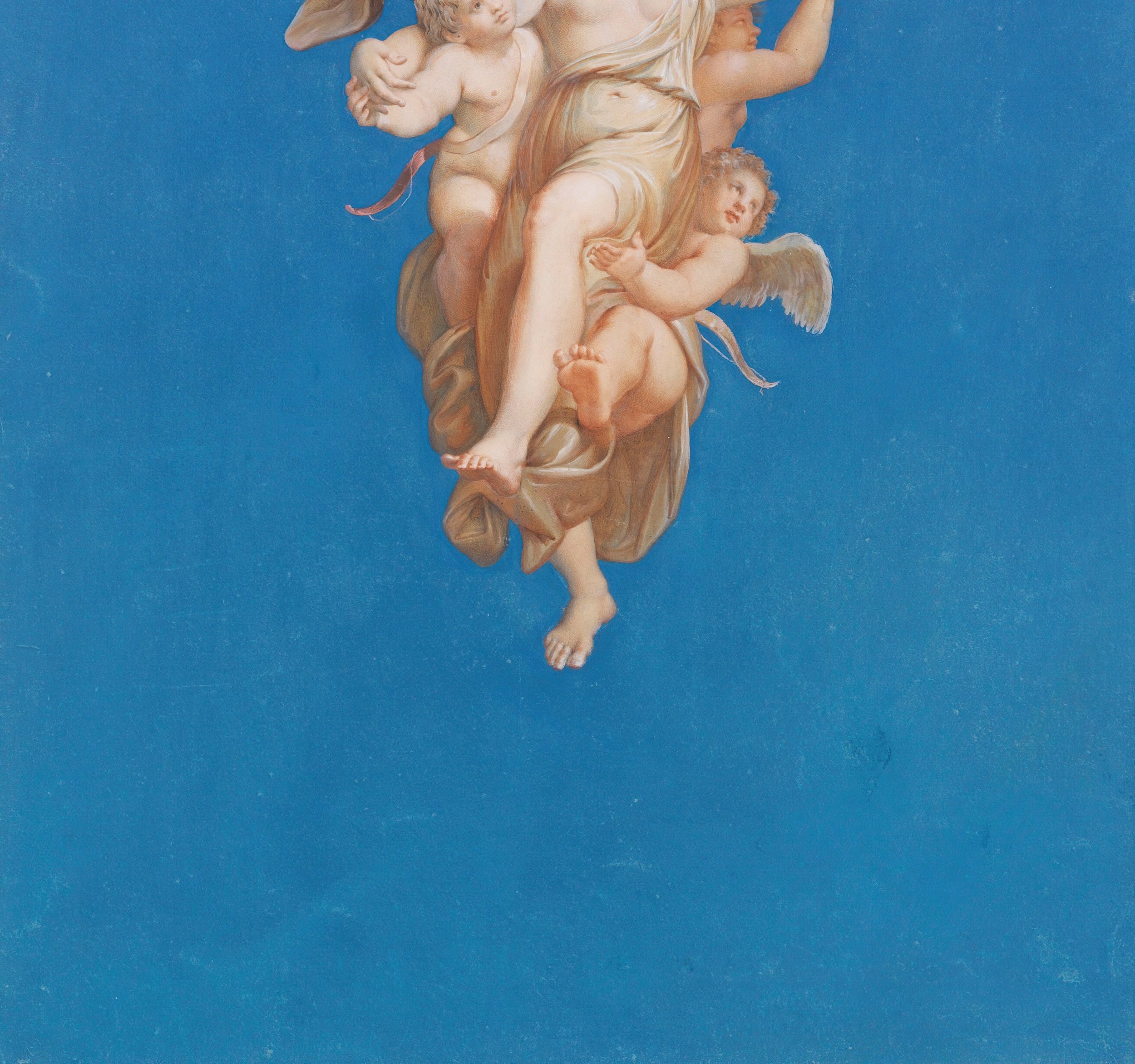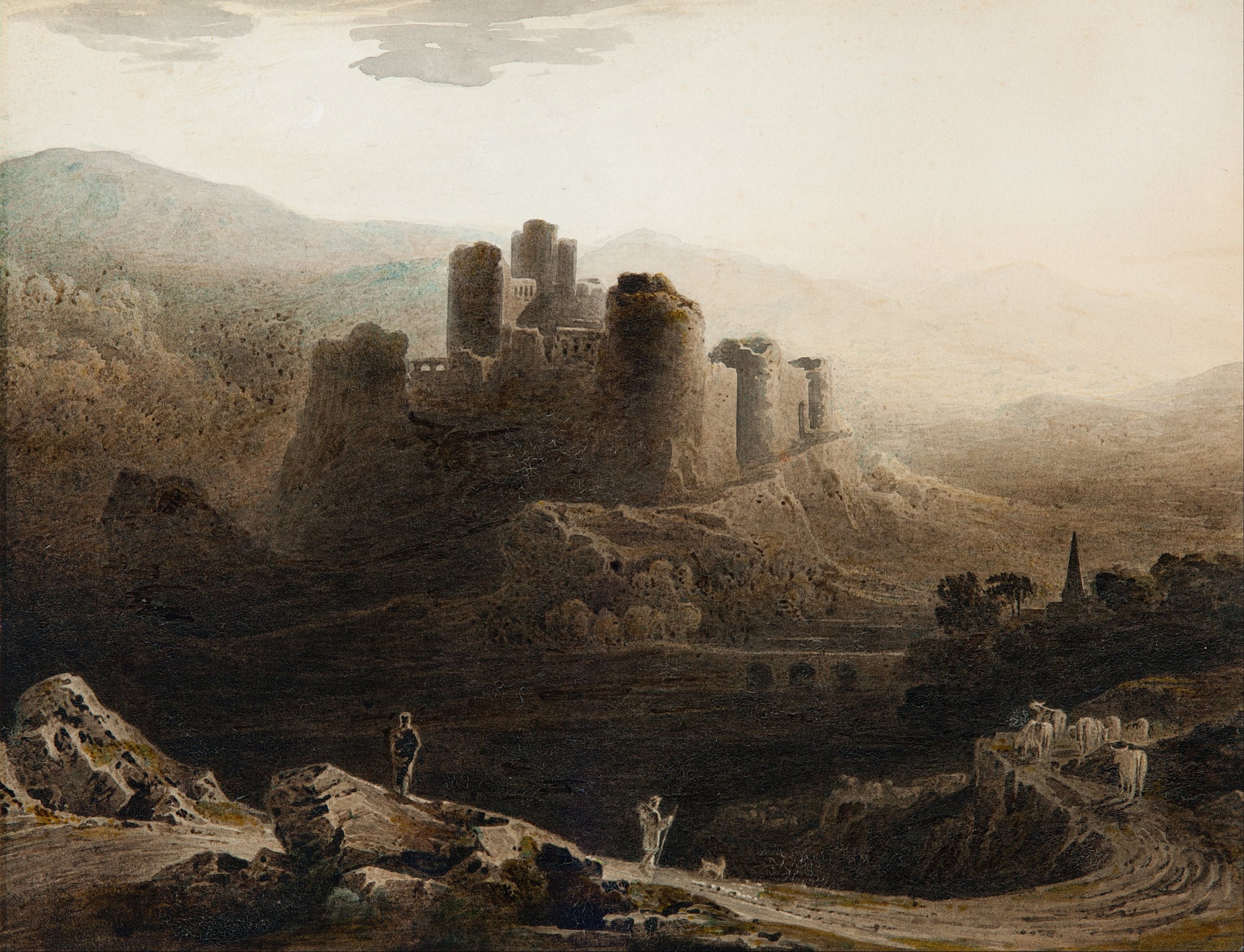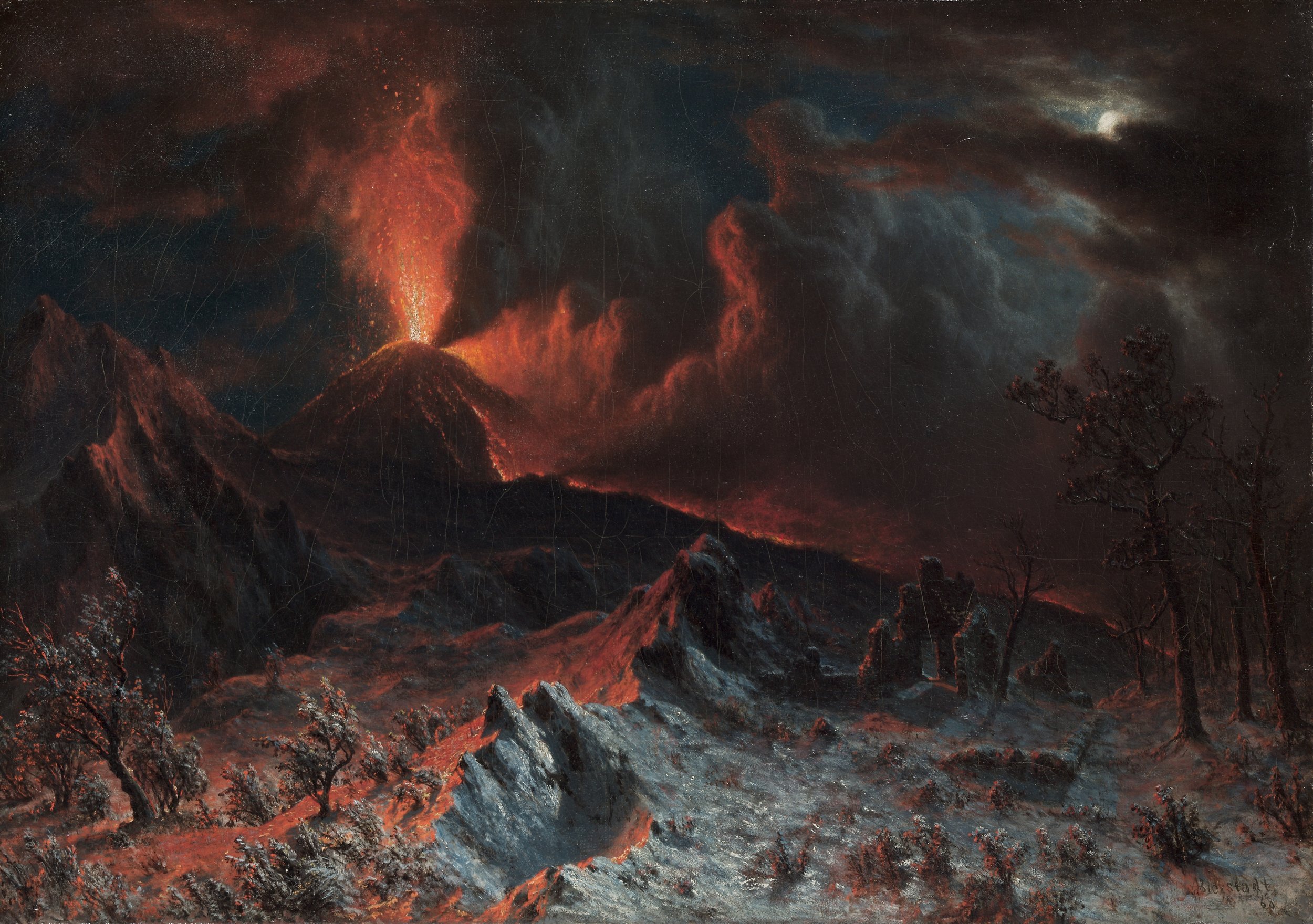The Startling Fit of Scripture

The Startling Fit of Scripture
Jim Beitler
On Scripture’s Power to Meet Us in the Moment
I’ve witnessed the power of the Word in the presence of a devil.
Eight years ago, my wife, Brita, and I were sitting together in uneasy silence, waiting for her to receive her first chemotherapy treatment of Adriamycin. We had been told the drug she’d be receiving was nicknamed “the red devil,” since it looks like black cherry Kool-Aid and kills rapidly growing cells, good and bad alike. A poison. We watched as the nurse who would be administering the drug put on a gown that looked like hazmat gear—more fitting, I thought, for chemical warfare.
The process didn’t go as planned. There was difficulty accessing Brita’s chemo port, leading to what felt to us like a very long delay. She was in pain and looked like she was going to be sick. I fidgeted in my chair, unable to help.
She spoke up, into the tense silence of the moment: “Should we read the midday prayers?”
We weren’t in the habit of doing so together, but she had tucked a volume of The Divine Hours by Phillis Tickle into her chemo bag. I opened the book and turned to the prayers for the day. One of the Scripture passages came from Isaiah, and I read it to her at a low volume, so as not to disrupt the other patients:
When the Lord has given you the bread of suffering and the water of distress, he who is your teacher will hide no longer, and you will see your teacher with your own eyes . . .
As we read this promise, we were stunned into a deeper, holier silence. These words, written some 2,700 years before in a language we didn’t understand, carried across the ages by scribes and translators and press operators, seemed written specifically for our moment, for us.
As my wife received a literal dose of “the water of distress,” we were reminded that the Lord would be present. Though I had long believed in Scripture’s authority over my life and, as an English professor, had read a good many books, I’d never before felt addressed by a text in quite that way.
*
Only recently have I come to see this moment in the chemo suite as emblematic of a feature of Scripture’s startling power.
This past December, a dear friend of ours emailed an excerpt from a Christmas sermon delivered over 400 years ago. It’s no new discovery, but an ancient truth made fresh, illuminating our profound moment of hope while my wife absorbed the waters of distress.
On December 25, 1610, the English bishop Lancelot Andrewes preached a sermon for King James at the great Palace of Whitehall—most of which would go up in a blaze at the century’s end, but not before growing to over 1,500 rooms and being regarded as one of the most impressive palaces in the world. The Christmas Day sermon was a longstanding tradition; from 1605 to 1624, Andrewes delivered at least 17 of them to the king.
Andrewes’s text in 1610 was the proclamation of Jesus’ birth to the shepherds: “And the angel saith unto them, Fear not: for, behold, I bring you good tidings of great joy, which shall be to all people. For unto you is born this day in the city of David a Saviour, which is Christ the Lord” (Luke 2:10–11). What would the king of the most powerful nation in the world at the time, cushioned by the opulence and grandeur of Whitehall, think of the notion that the King of Kings’ birth was first announced in the fields to people of little account? Would a sermon about this strange manifestation of power resonate in the palace’s corridors?
Perhaps Andrewes didn’t worry about such questions as he prepared his message. After all, this was the same King James who had commissioned a translation of his own; perhaps Andrewes preached to receptive ears. Whatever the case, his sermon directly addressed his own questions. About the good news of Christ’s birth, he remarked,
This had been news for the best prince in the earth. That . . . these parties were shepherds, that this message came to them, needs not seem strange. It found none else at the time to come to; the Angel was glad to find any to tell it to, even to tell it the first he could meet withal; none were then awake, none in case to receive it but a sort of poor shepherds, and to them he told it. Yet it fell not out amiss that shepherds they were; the news fitted them well . . . “the Chief Shepherd,” “the great Shepherd”; and “the Good Shepherd that gave His life for His flock.” And so it was not unfit news for the persons to whom it came.
Andrewes’ remarks are a breathtaking example of the figural reading of Scripture, through which he reveals just how well the pieces fit.
*
Attacks on the congruity of the Scriptures occurred as early as the second century, when the theologian Marcion famously questioned the compatibility of the Old and New Testaments. Such arguments increasingly seem thinner and thinner to me.
As I’ve read and worshipped and prayed over the years, I’ve been repeatedly stunned by how well this strange collection of books, written by many hands in various genres over many centuries, holds together. And what’s most astonishing is not simply that it all fits but that it coheres with the person and work of Jesus Christ.
Such astonishment is, for the Christian, a primal posture. As the late theologian John Webster rightly observed,
If the church is what it is because of the gospel, it will be most basically characterized by astonishment at the good news of Jesus. . . . It is letting ourselves be taken up by that reality and its inherent authority, worth, and persuasiveness; it is having settled ideas and routines ruptured and transcended; it is being disconcerted by what is at once a matter of bewilderment and delight. . . . If the church is what it is because of the gospel, then its life and activities will betray an “ecstatic” character.
The reality of Jesus is astonishing, disconcerting, bewildering, delightful, ecstatic—simultaneously making sense of all of the other words of Scripture. Like Andrewes’s example with the shepherds, Scripture’s integrity has a reliable density and coherence. Creation and covenant. Exodus and exile. Sacrifice and shalom. Law and grace. Love and justice. The tree of life. The bread of heaven. The temple priest. The shepherd king. Jacob’s ladder. Joseph’s coat. Jeremiah’s tears. The water of distress and the living water bubbling up within. The cadences of the Psalter and the prophecies of Isaiah. The songs of Moses and Mary. Pentecost and the fruit of the Spirit. All of these find their full meaning in our Lord. We see in Andrewes’s Christmas sermon not just a reading of Luke 2 but a hermeneutic for reading all Scripture. And all of life.
I understand now why our experience in the chemo suite continues to astonish me. It’s because the moment revealed that the coherence and integrity of Scripture isn’t simply a feature of the text. The Word makes sense of the world. It fits.
Though we experienced a taste of this in the chemo suite, the fit I’m referring to here actually runs much deeper. Indeed, the story of Scripture—the Flood, the flight from Egypt through the Red Sea, the crossing of the river Jordan, the sacrament of baptism, the water and the blood—points to the great truth that God is present with us as we pass through the waters. Our own figures find their meaning in the Word.
*
The summer after Brita finished her chemotherapy treatment, I co-led a study abroad program to England for my college’s English majors. Brita and my two young boys joined us as we journeyed across the country, going to plays, visiting cathedrals, and enjoying walks in the Lake District. Early in our travels, we toured Salisbury Cathedral and were arrested by its remarkable baptismal font, designed by the artist William Pye. The font’s shape is cruciform, its waters so still that they reflect the cathedral’s arches above.
Other tourists and worshippers came and went, but Brita and I lingered there with our boys, quieted once again by words from the prophet Isaiah, painted in gold lettering around the basin:
DO NOT FEAR FOR I HAVE
REDEEMED YOU.
I HAVE CALLED YOU BY MY NAME
YOU ARE MINE.
WHEN YOU PASS THROUGH THE
WATERS, I WILL BE WITH YOU.
AND THROUGH THE RIVERS THEY
SHALL NOT OVERWHELM YOU.
Later that summer, while carrying our three-year-old on her back during a hike in the fells, Brita turned to me and said that she was starting to feel strong again.
*
I’ve witnessed the Word’s power firsthand. Even so, my engagement with Scripture has happened in fits and starts. There have been times when I’ve been all in, usually when preparing to teach a Sunday school class or deliver the occasional sermon at my church. And there have been seasons (more frequent, I’m ashamed to admit) when it has been so long since I’ve cracked open my Bible that I’ve forgotten where I put it and had to hunt among the bookshelves as if it was just another book among books.
But Scripture has an astonishing response to that too—and not just with a single proof text. Israel’s frequent faithlessness, Peter’s threefold denial, the early church’s waywardness: these are the figures of my heart. Somehow, across cultures and centuries, Hilkiah’s discovery of the Book of the Law, the crowing of the rooster in the high priest’s courtyard, and the apostle Paul’s admonishments are all meant for me.
The Word of God stuns by making sense of my fickleness toward the Word. Even in my fits and starts with Scripture, Scripture fits—and startles.
Jim Beitler
Professor & Author
Jim is a professor of English and Director of the Marion E. Wade Center at Wheaton College. Author of Seasoned Speech: Rhetoric in the Life of the Church
Painting by Hubert Robert




